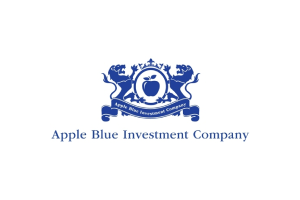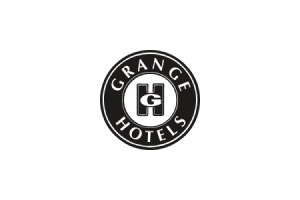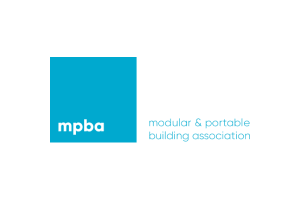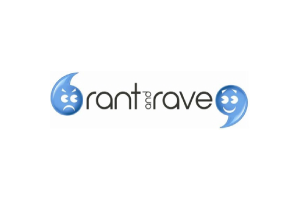Safeguard your brand in the UK
Trade Mark Most Asked Questions
Straightforward, fairly priced trade mark registration
Packages & Cost
Our packages for those who wish to protect their brands in the UK.
The Process
To register a trade mark across the entire European Union, the most efficient method is to file a European Union Trade mark (EUTM) application. This application covers all 27 EU Member States. The registration process typically takes about 4-5 months, so long as there are no objections.
The EUTM provides protection in every EU member state. A single similar trademark in any member state can lead to the rejection or cancellation of your application.
If accepted your ™ is registered for 10 years

Renewing Your Trade Mark
Trade mark renewal is a process that ensures the continued protection and exclusive rights of a brand’s identity, including names, logos, and slogans. It involves reapplying for the trade mark registration before its expiration date, which typically occurs every ten years, depending on the jurisdiction.
Failing to renew a trade mark can lead to the loss of legal rights and potentially expose the brand to infringement risks. Therefore, understanding and adhering to the renewal procedures is vital for businesses to maintain their brand’s integrity and market presence.
Trade mark renewal is a relatively simple process. Trade marks are generally valid for ten years and can be renewed for another ten years. There is no limit to the number of renewals.
It’s advisable to start the renewal process six months before the expiration date. Some countries, like the USA, Australia, and New Zealand, allow renewals up to twelve months before expiration.
During renewal, the trade mark is not reassessed. The renewal can be requested by the trade mark owner or their legal representative or agent. It does not need to be the original attorney, allowing you to change representatives if desired.
If you miss the renewal deadline, most jurisdictions allow a grace period of six months post-expiration to file the renewal application. After this, the trade mark owner loses their rights, and re-registration is required to protect the brand again. Renewing during the grace period may involve special conditions and additional fees.
Including the grace period, you can apply for renewal from six months before the expiration date to six months after expiration. Some jurisdictions, like the USA, Australia, and New Zealand, permit applications twelve months before expiration.
While IP offices allow renewal after expiration, it’s advisable to apply as soon as possible. Renewing during the grace period may incur additional costs and complications. For instance, in the UK, post-deadline applications can only be submitted by post. In the worst case, you may no longer be permitted to renew in a specific jurisdiction or class.
If you do not renew your trade mark, it will be considered dead. This means you lose legal protection against infringement, and others can use your brand name or logo.
You have six months after the expiration date to renew your trade mark. Even after this period, previous ownership may help in re-registering the mark. The outcome of someone else registering your dead trade mark depends on factors such as the length of abandonment or actual use of the mark. A trade mark not used for three years is considered presumptively abandoned. The longer the abandonment, the higher the chance of successful registration by someone else.
You cannot modify your trade mark during renewal; only the exact version can be renewed. The only permissible change is reducing the list of goods and services, which can be done at any time during the mark’s validity. Modifying the details at renewal could infringe on other trade mark owners’ rights.
To modify your trade mark, file a new application alongside the renewal. Both will then share the same expiration date. This way, you can have two associated trade marks, and if the classes are identical, the renewal fee will be counted just once.
Under current legislation, there is no limit to the number of times you can renew your trade mark. Renewal is possible every ten years from the registration date. The service can be provided by your existing attorney, but you are free to switch representatives if you wish.
Trade mark renewal frequency depends on the country’s laws and regulations. In most jurisdictions, trade marks need to be renewed every ten years to maintain validity and exclusive rights.
To ensure ongoing protection, stay informed about renewal deadlines set by the intellectual property office in your jurisdiction. Missing renewal deadlines can result in the loss of legal protection and potential cancellation from the register.
The Intellectual Property Office usually sends a reminder to renew your trade mark, typically a year or six months before expiration. If you do not receive the notice, it is your responsibility to keep your trade mark valid by renewing it.
For example, the USPTO sends a courtesy reminder six months before expiration. Other jurisdictions also send emails or letters. However, the IPO is not responsible for delivery. Ensure your contact details are updated to avoid missing notifications.
If you registered a trade mark yourself in a jurisdiction like the UK, you can also renew it without a lawyer. In other cases, you may need a legal representative or a law firm to renew the trade mark on your behalf.
Check the rules for your desired jurisdiction. The entity who filed the original application does not need to be the one requesting renewal.
You can choose who will renew your trade mark; it does not have to be the original legal representative. Ensure the new representative is authorised to act in the jurisdiction and is recognised by the local IP office. For example, in the US, only attorneys who are bar members can represent trade mark owners before the USPTO.
The renewal process duration depends on factors such as jurisdiction and renewal method. Typically, it takes several months, but the trade mark remains protected during this period. Starting the renewal process before expiration is advisable to avoid complications.
Issuing a new certificate upon renewal varies by jurisdiction. For example, in the US, you will receive a new certificate with a new expiration date and revised information if classes were dropped. In the UK, renewal is recorded in the UKIPO register, and a new certificate is issued only if requested. Renewal is a formal process that changes only the expiry date, so a new certificate is often unnecessary.
Trade mark renewals are generally accepted without issues. However, there are specific cases where the IPO may decline a renewal application. For example, the USPTO may decline renewal if the mark was not used in commerce during the relevant period. Other jurisdictions may have issues with non-compliance with renewal deadlines. Additionally, some jurisdictions require legal representation for renewal, such as the US or Australia.
The distinctiveness of the mark or its similarity to other marks is not reassessed during renewal, as the mark has already been examined and has priority over others.
Why Trade Mark?

What our clients have said








Book your FREE consultation session
Need some advice? Got some burning questions that you want answering?
It only takes two minutes



